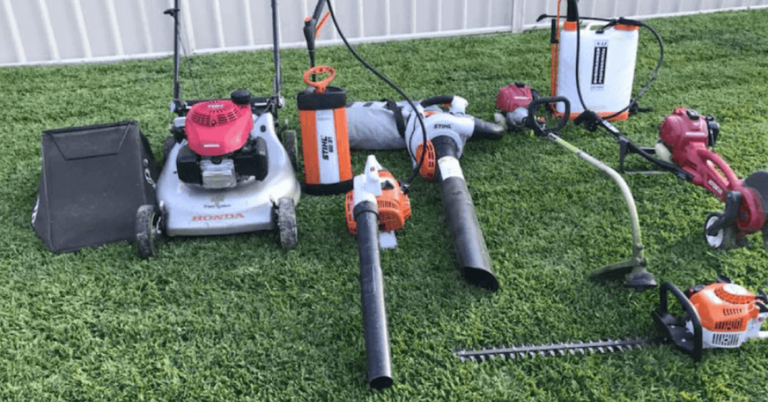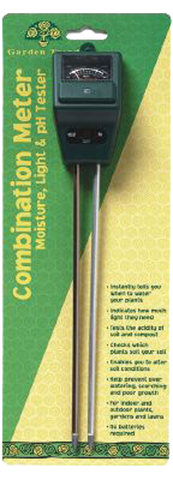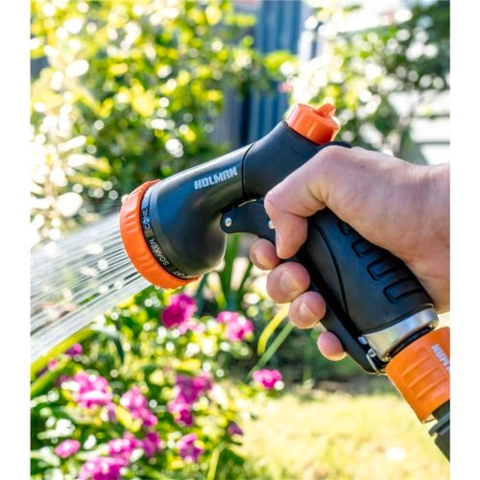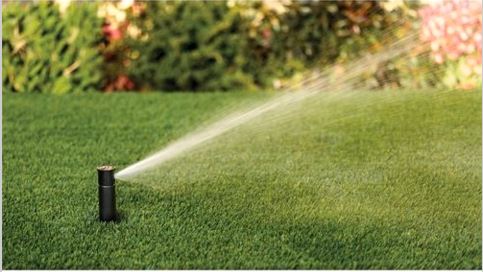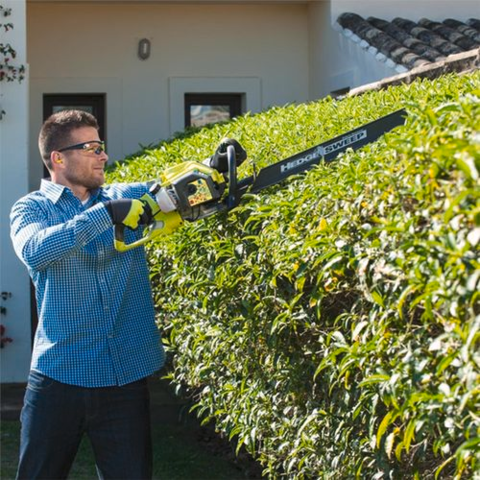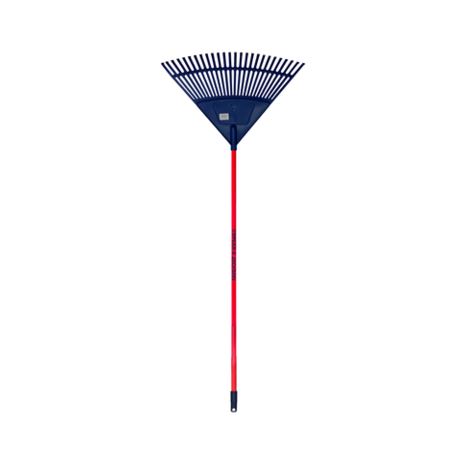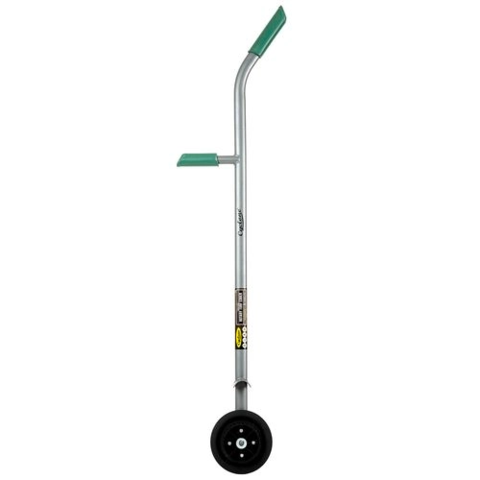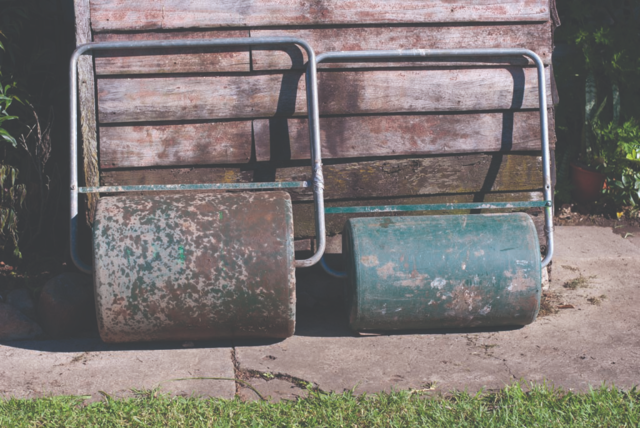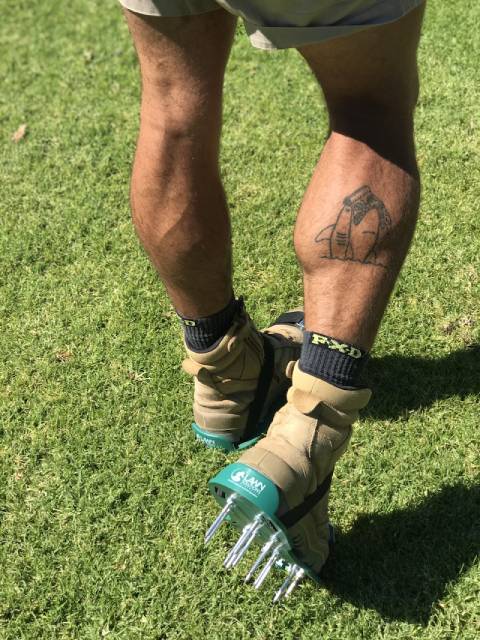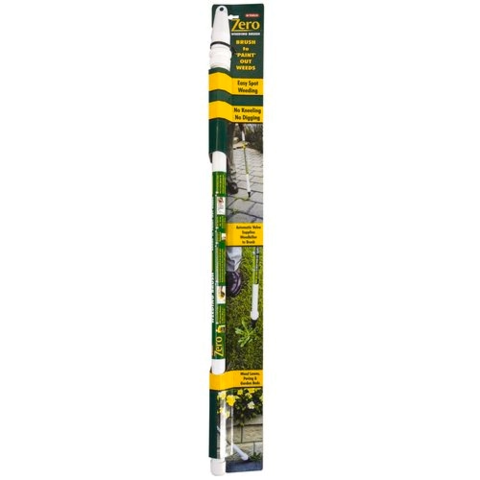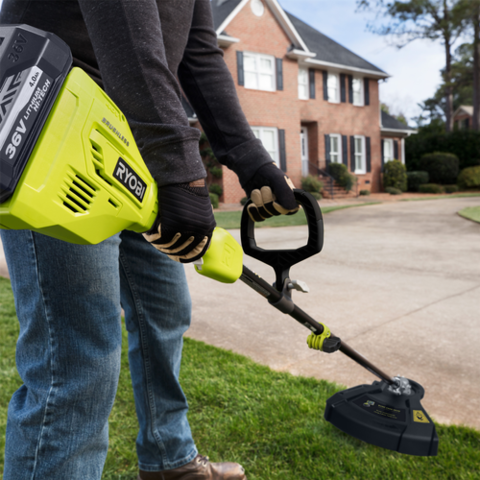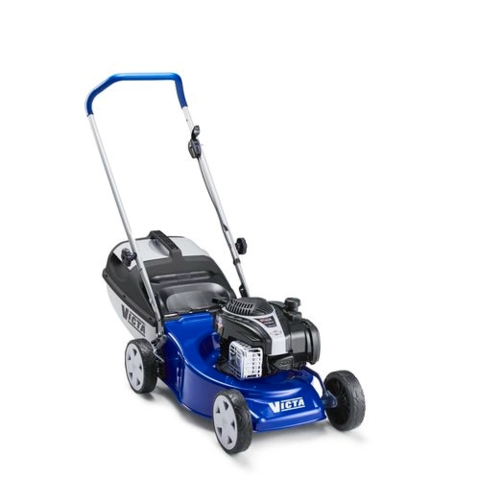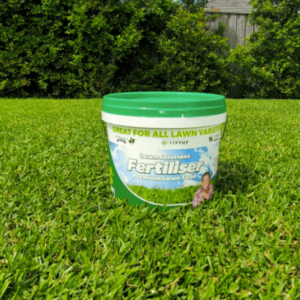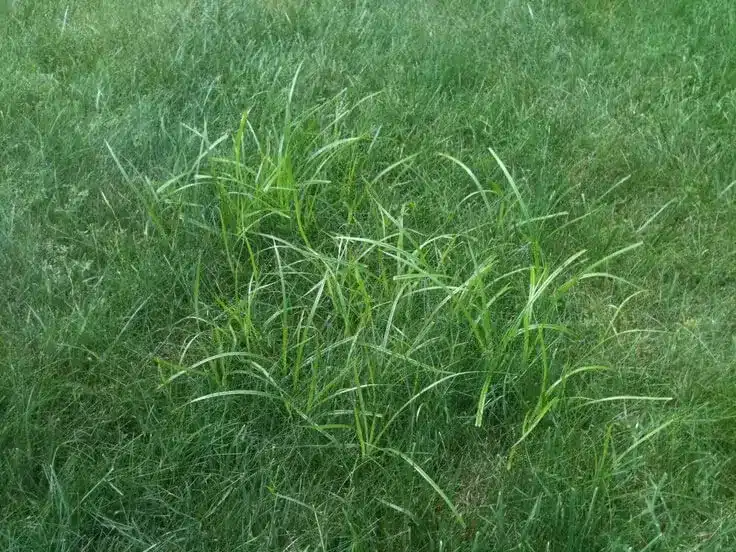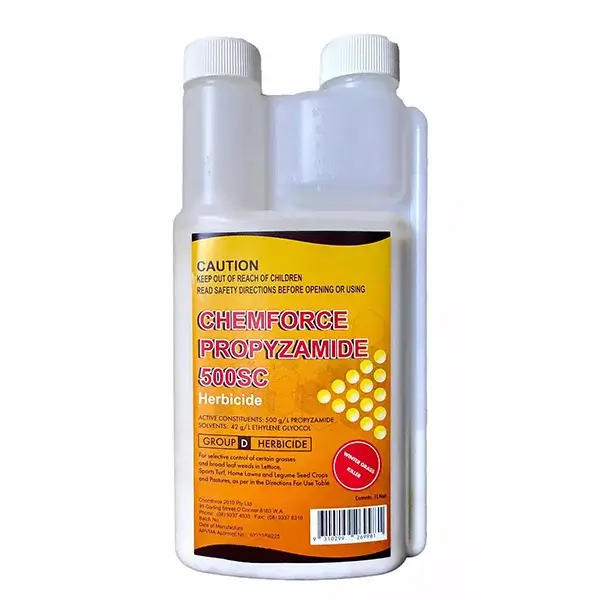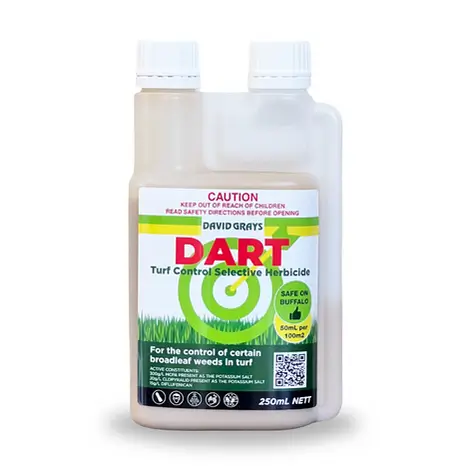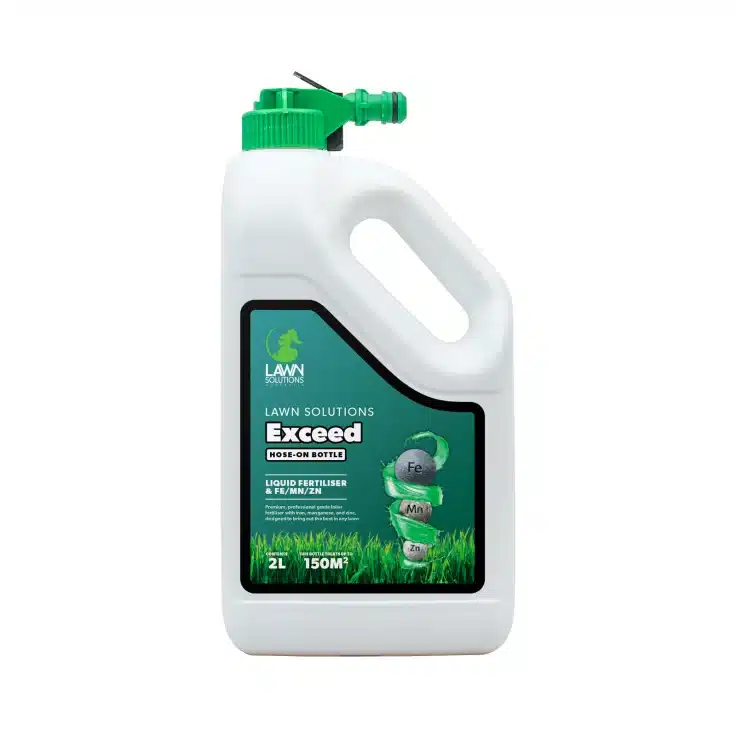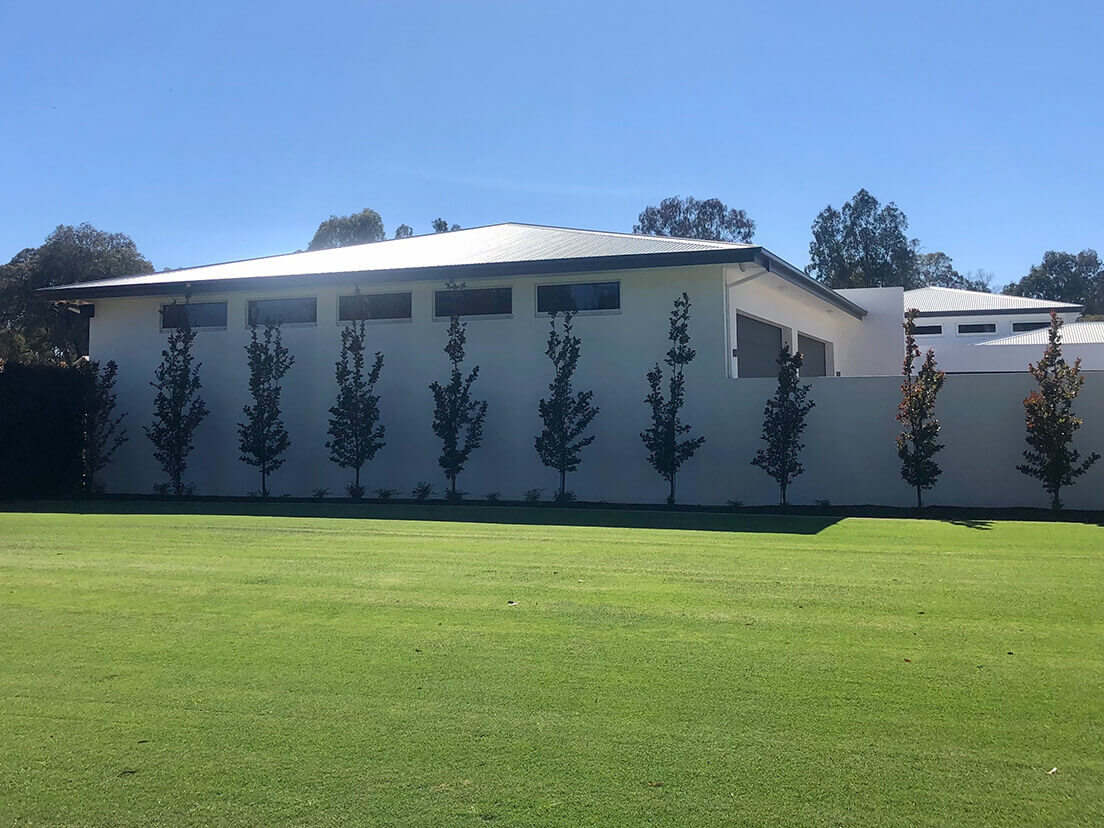Your lawn is only ever as good as the care and attention you give it, as well as the knowledge and tools you use to maintain its health and vitality.
Looking after your lawn can be easy if you have the right advice, which you can get from our Coolabah Turf team of specialists here. And when it comes to lawn tools, we’re also in the know about what to have and how to look after it.
Everyone’s lawn is different – different grass varieties, soil compositions, size, shape, moisture level and shade – and this means that your tools might be different from your neighbour. Although borrowing lawn tools can be useful in many circumstances.
Let’s start with the smallest of lawn tools and move up to the larger pieces of machinery. You may not need all these tools, so check with our team first before you make a purchase.
1. Combination moisture, light and pH tester
To ensure optimal growth of your lawn the pH in your turf underlay needs to be somewhere between 6 and 7 for it to absorb the minerals and nutrients needed. A simple test can determine your lawn’s pH level and if it’s not where it should be, you’ll need to apply soil additives and conditioners including lime, gypsum and fertiliser to improve your soil.
You can purchase a standard pH testing kit from your local nursery or hardware store, and you can also buy a nifty little unit that tests a combination of the moisture, light and pH levels of your lawn.
All plants and lawns have individual light, pH and watering needs, so a combination meter will tell you if your lawn is getting the sun it requires, the right amount of moisture and the correct pH – how cool is that! You can purchase a combination meter at Bunnings here.
2. Hoses and attachments
The watering job you do on your lawn will only be as good as the commitment you show and the quality equipment involved. There are hundreds of hose varieties and even more attachments. Our advice would be to source the best quality hose you can afford and a sturdy hose reel to eliminate tangles, kinks and cracks. A hose reel will also keep your watering equipment neatly tucked away and off your lawn. Hose connections can break down over time – especially cheap ones – so it’s worth doing a stocktake at the end of winter to see what might need to be repaired or replaced for the dryer months ahead. Bunnings has an extensive range of quality hoses and associated attachments. Your needs will depend on the size of your lawn. You might only require a standard variety garden hose with a nozzle for varying the flow, or a soaker hose for larger areas, along fences, narrow garden beds and nature strips.
3. Sprinkler systems
Good quality sprinklers are also important to ensure your lawn is getting the wate coverage it requires. You can purchase basic sprinklers from Bunnings or your local hardware store, which need to be manually moved around for the full benefits or you could invest in an automatic sprinkler system, which is what we recommend.
To ensure your valuable instant lawn gets the soaking it requires – particularly if it’s newly established – you can’t go wrong with a good quality automatic sprinkler system.
Sprinkler systems come in many different varieties, and it’s probably best to speak with a landscape gardening or turf expert (that would be us!) to ensure you get the best watering system for your lawn. It might cost a little more to have an automated water system set up before your lawn goes down, but remember adequate watering on a new lawn is key for it to survive and thrive. For established lawns, infrequent deep watering is better than frequent light watering to reach those deep roots. Watering at night, after the sun has gone down, or early in the morning is also recommended.
4. Shears and hedge trimmers
Whether you’re manually trimming your lawn edges or cutting back bushes, trees or shrubs that have crept over your lawn, a decent set of shears or hedge trimmers is super handy in any garden shed. Shaded lawn will reduce the amount of sunlight your lawn receives, which impacts its ability to thrive. You can find an excellent set of shears or hedge trimmers at Bunnings here and don’t forget to maintain them by not leaving them out in the weather. It’s also a good idea to treat them annually to prevent rust and sharpen to ensure longevity. For the full run down on caring for garden shears check out this helpful blog.
5. Rakes
Do not overlook the humble rake for all manner of tidying and clearing your lawn. A leaf rake is handy for collecting those autumn leaves or other debris from your lawn or driveway after a windy day. Leaf litter left on your lawn will reduce its access to sunlight and you’re better off using it on your garden beds as easy-to-access organic mulch. Like most things, the less you spend on your rake, the shorter its life, unless you’re lucky enough to find a bargain antique rake at your local charity store or garage sale. Steel rakes are useful too as you can use them to aerate your lawn.
6. Rotary turf edger, half-moon edger
Keeping your lawn contained, out of garden beds and away from paths is a must on your seasonal garden to-do list. The tools to get this done efficiently and effectively include a rotary turf edger or half-moon edger. Designed to keep your paths and walkways looking perfectly neat, these usually hand powered, manual tools are also available in petrol and electric models. Bunnings is again your one stop shop. You can also check out your local hardware store.
7. Roller – spikes and smooth
If you’re about to lay new turf – congratulations… how exciting! You’ll need a roller to level the ground first to ensure proper drainage patterns and increase the overall look of the land. Once your turf is laid, a lawn roller is also handy for pushing the grass roots into the soil and for removing any air pockets.
A spiked lawn roller on the other hand is perfect for aerating your lawn, which creates holes to allow micro-organisms and minerals in to improve your soil.
You can purchase lawn rollers from Bunnings, share one with a neighbour (as you might only use it once a year) or you can even hire one.
8. Lawn aerators
While we’re chatting about lawn aeration, let’s cover the tools you’ll need to get the job done. Essentially, anything that will create holes in your lawn to let in sunlight, moisture and air is useful, however not all aeration tools will suit your requirements. Your aeration tool of choice will mostly depend on how large or small your lawn is.
If your space is relatively small and clay based, a pair of aerating sandals (purchased or handmade) are perfect to loosen up high traffic and compacted areas after a long and soggy winter. If you’re looking for a new pair, check out our simple and effective lawn aerator sandals at our Coolabah Turf shop.
For heavily compacted areas, a garden fork can be used by pushing into the soil profile and rocking back and forward. Or you could purchase, borrow, or hire a large, spiked lawn roller to get the job done.
After you aerate it’s the perfect time to apply lime (calcium carbonate), gypsum or fertiliser to your lawn. If you’re not sure what to use, ask our turf specialists here.
9. Pump action or back mounted sprayers
For those spray-related tasks around your yard, it’s handy to have a general-purpose sprayer in the shed for when you’re tackling weed or pest control. You can pick them up at garden supplies or hardware stores and they range from small, hand-held up to larger 20 litre backpack sizes. Always ensure you don’t spray while it’s windy or before rain and dispose of any chemicals appropriately. Check out our Seasonal Fertilising Guide here and always ask for help if you’re not sure.
10. Weeding Brush
While we’re eliminating weeds let’s talk about a lesser-known lawn tool: the weeding brush.
A weeding brush is ideal for spot weeding of foreign grasses and weeds in your lawn and is ideal at isolating what you want to eliminate. You simply fill the shaft with your product of choice and carefully paint the weed with the tip of the brush, doing your best to avoid your lawn of course! A good tip for waxy weeds is to add a few drops of dishwashing liquid to help penetrate the leaf. The gardening experts at Yates have a handy weeding brush available online here.
11. Whipper Snipper
The good old whipper snipper is almost a must for every backyard lawn space, large or small. You’ll never take out the title of best looking lawn in the street if you leave the edges looking untidy. Whipper snippers are a handy tool for trimming all edges, along paths, around trees or other garden ornaments. Essentially, the rotating flexible nylon line of a whipper snipper cuts through grass, weeds, and small unwanted plants. They come in straight shaft or curved shaft versions, and you have options of petrol, battery-operated or electric models. Browse the full Bunnings range here.
12. Lawn Mowers
Finally, we arrive at the business end of the lawn tool list: the mighty mower! Lawn mowing is an essential practice when maintaining a healthy lawn. There are a multitude of sizes, types, and price ranges when it comes to your humble lawn mower and research is essential to ensure you get the right one for your patch. A good mower is not cheap and is something you will have for a long time, so care should be taken. We suggest you visit your local lawn mower specialist for all the intel. Keep in mind also that if your lawn is small, you could consider sharing or borrowing a mower with friends and family.
Things to consider before you purchase a lawn mower:
- Lawn size
- Turf type
- Topography (is your lawn flat or sloping)
- What trees, roots or planter boxes do you have in your lawn that might impact your choice or budget
Mower options include, but are not limited to:
- Rotary catcher mower
- Rotary mulching mower
- Cylinder mower
- Electric mower
- Battery operated mower
- Ride on mower
- Zero turn mower
- Out front mower
Make sure you chat with an expert to determine which mower is best for you.
And when in doubt, get in touch with our Coolabah Turf specialists to discuss any queries you might have about your lawn or the right lawn tools to get the job done this season.

